So far, you’ve taken source material, as in an existing classic melody, and have developed speed, accuracy, and legibility in copying it onto a blank sheet of paper while humming or scatting the melody as you wrote the notes.
This process should have been completed five times with at least a half dozen song.
That would mean you have done this exercise at least thirty times, a sizable investment of time and energy.
As you look at the songs you’ve copied, did you see any common threads among them, like similar tessituras, repetitive rhythms, or melodic sequencing?
How many chords are used in each song? Primarily Is, IVs, V7s, iis, vis, and a few secondary dominants, I bet.
The truth is you don’t need a lot of fancy chords to write a song.
Now that you have copied these six songs five times each, it’s time to give your hand and pencil a break. It’s time to play and sing your six songs while playing either the piano or guitar.
Don’t worry if you don’t perform on either of those instruments. This exercise is for your own education, not the pleasure of any audience.
You don’t need the lyrics for the songs. You’ll just be scatting “la”s or “dooo”s.
Do what you would do if you were sing the song to a group of elementary kids: play an intro by establishing a vamp/groove over the first chord that leads into you scatting the melody.
No matter how familiar you are with the song or the chords, FOLLOW THE COPY YOU WROTE OUT. Look at each note as you sing it.
It may feel odd when you start singing because when you were writing out the melody, unless you have perfect pitch, you were picking a random starting pitch and singing the melody with relative pitch.
Don’t follow the original source material.
It is crucial that you build muscle memory by connecting the visual of the notes with the vocal sensations you feel as you sing a melody that rises or falls.
Don’t worry if your vocal range doesn’t perfectly fit with the range of the song. Learning what you can sing is not nearly as important as learning what you can’t sing.
After you’ve sung your first song looking at your copy of manuscript, take a break and write out a two-octave C major scale on manuscript.
Figure out exactly what is the top and bottom of your range. Is it somewhere around a major ninth? If so, you’re in good shape: many songs have a range of an octave, ninth, or tenth. If it’s more, more power to you! If it’s less, don’t worry. It just means that until you expand your vocal range, your melodies will have a more compact range.
You might be asking, “I’m a pretty good pianist. Can I just play the melody and chord accompaniment without singing the melody?”
No.
At their most primal essence, songs and melodies are an extension of our voice. They are a form of elevated speech. Given that all technique on instruments have their roots in emulating the human voice, it’s crucial that you keep the melody where a songwriter wants it: namely, in your voice.
You also might be saying “OK, Holmes, you premise was ’Wanna write music? Don’t stop moving the pencil!”
Yes, and I’m approaching it in a multi-step fashion where skills acquired are the foundation for skills to be learned.
Crawl, walk, run, right?
We’ll be taking it to the next level in “The Songwriter’s Notebook: “Keep Your Hand Moving” Explained – Part Three”.
Before we get there, I am betting that some of you are experimenting with your own melodies and chords.
Fantastic! Experiment all you want while you are progressing those these skills.
See you in Part Three.
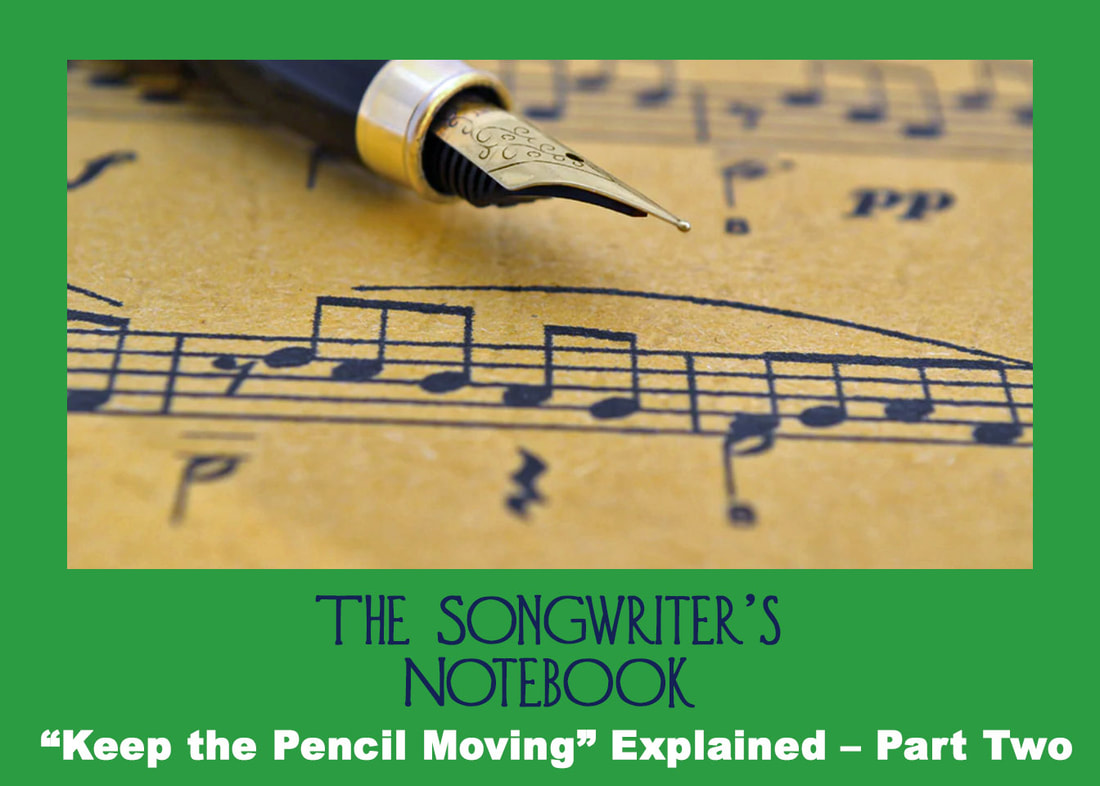
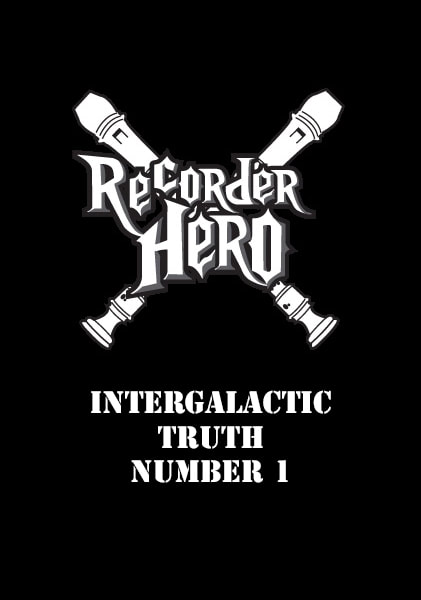
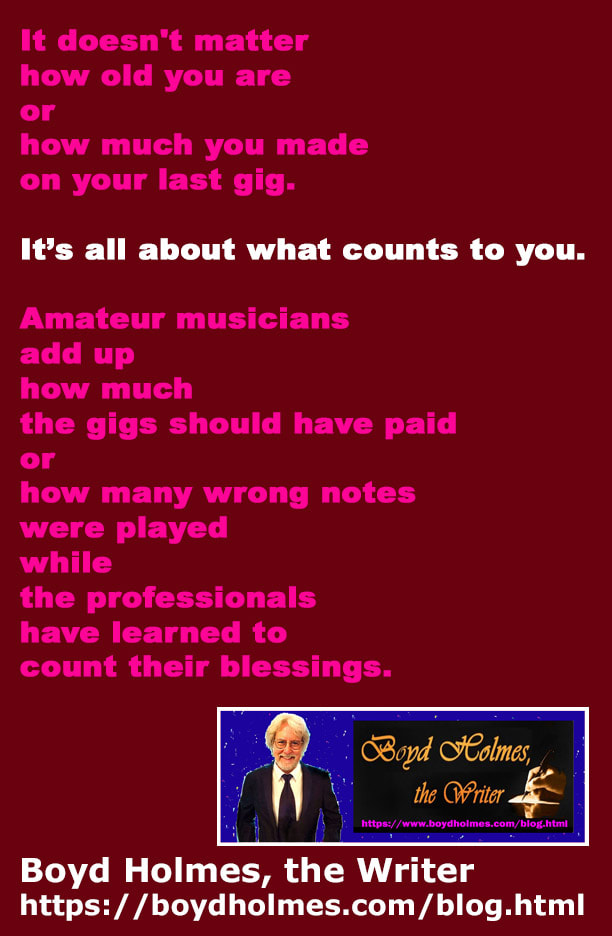
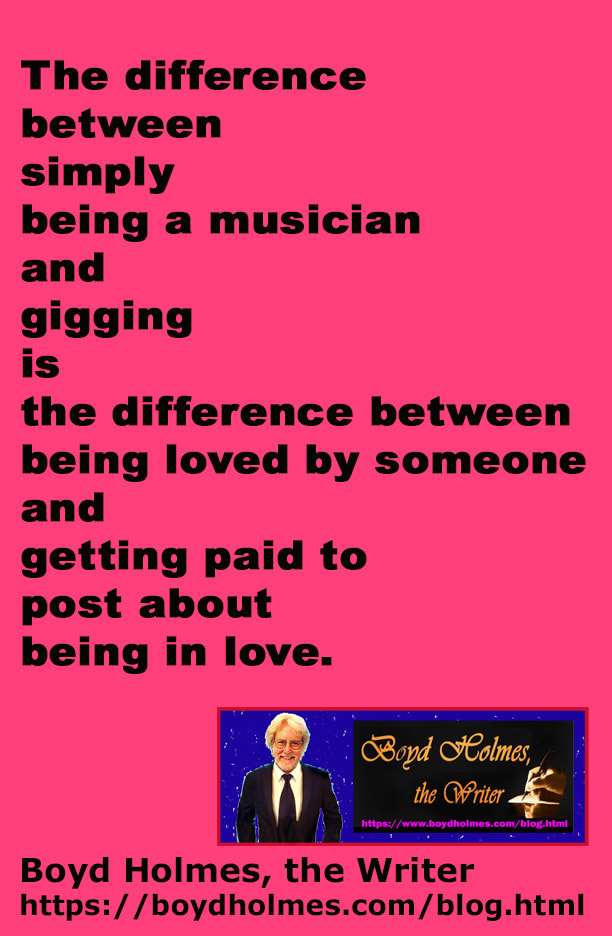
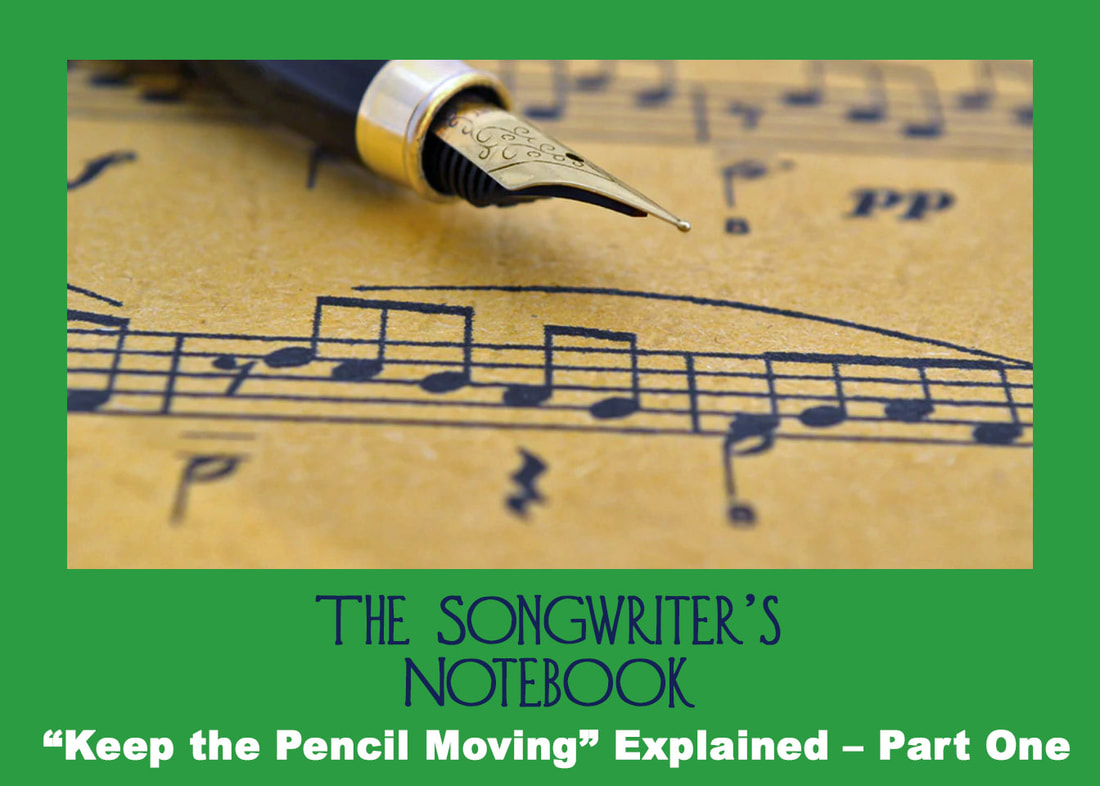
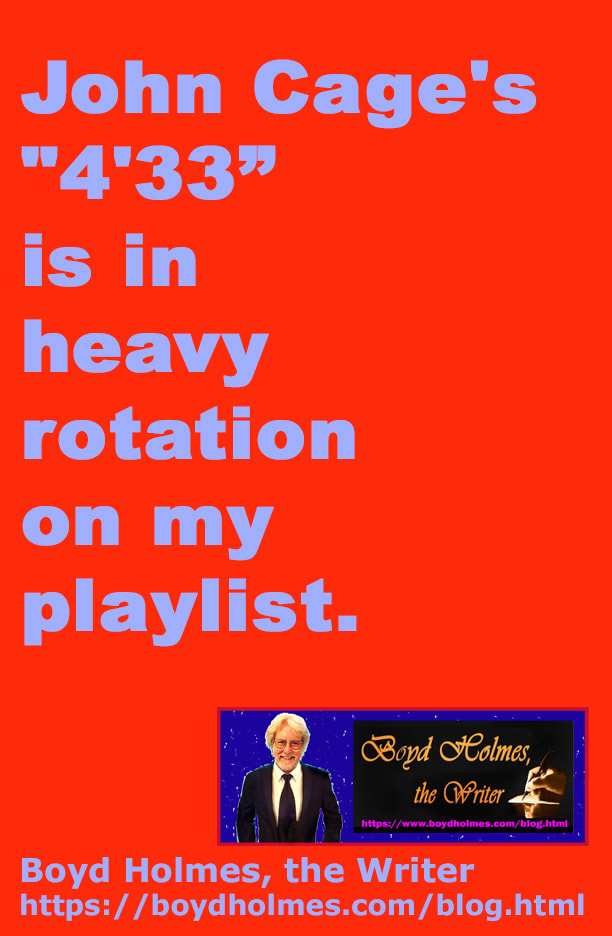
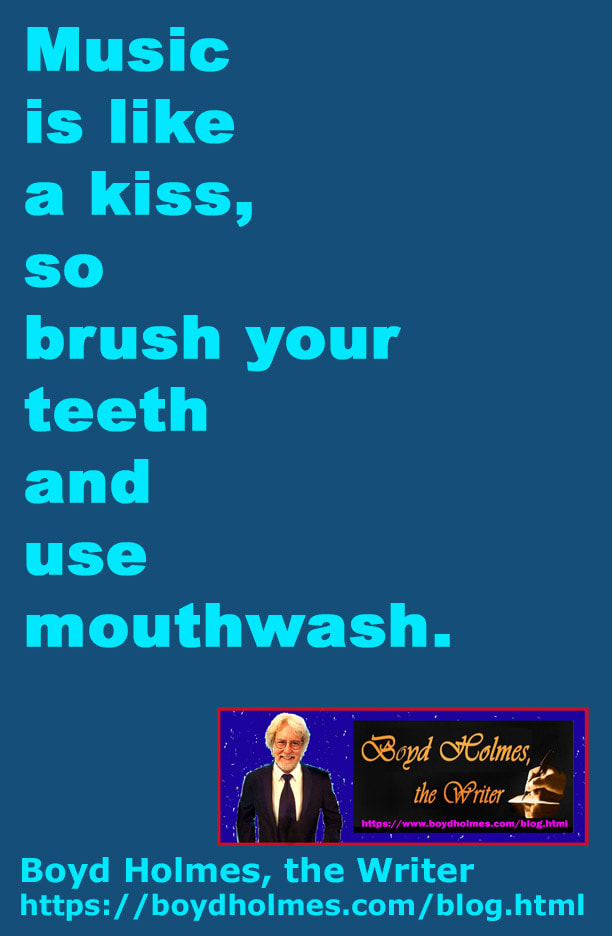
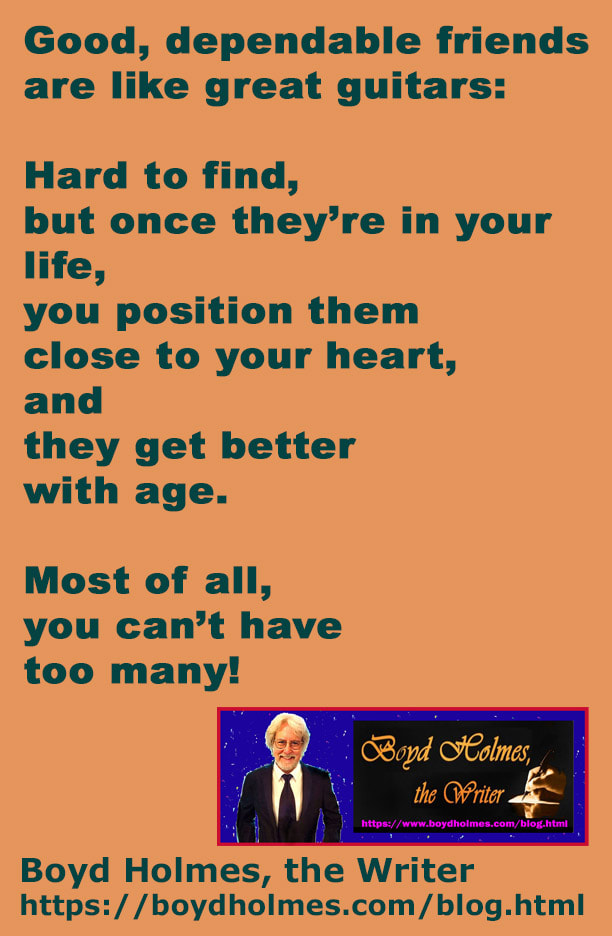

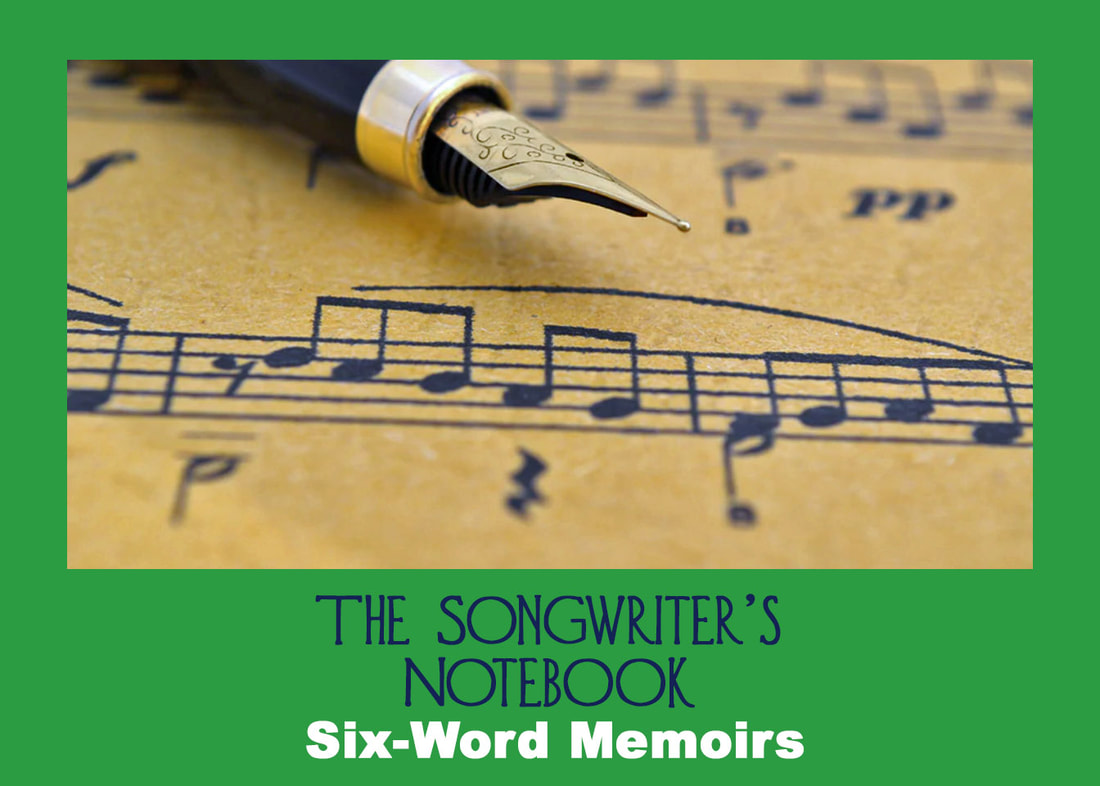
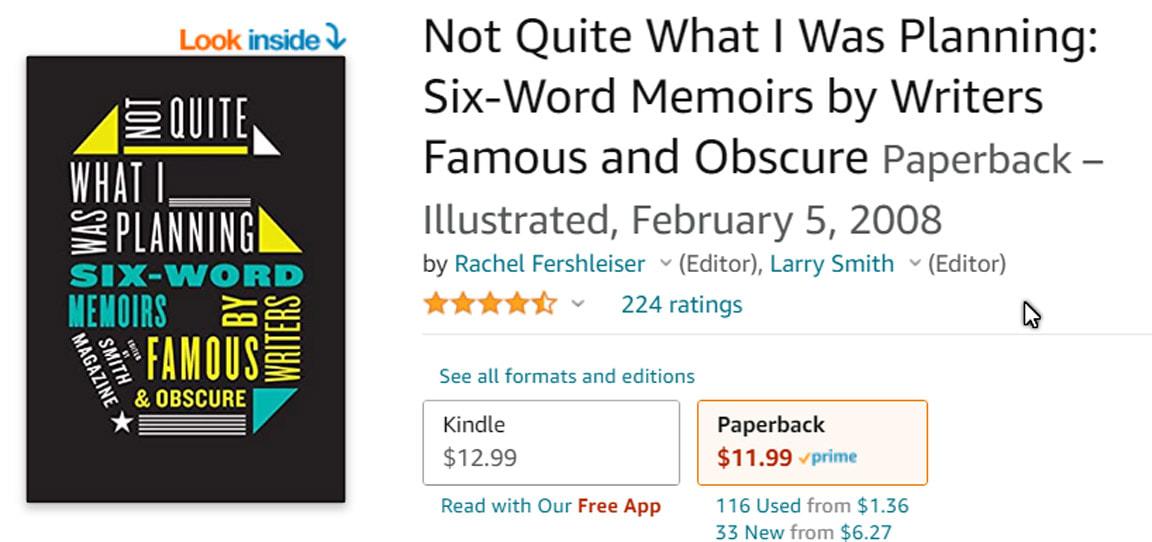
 RSS Feed
RSS Feed